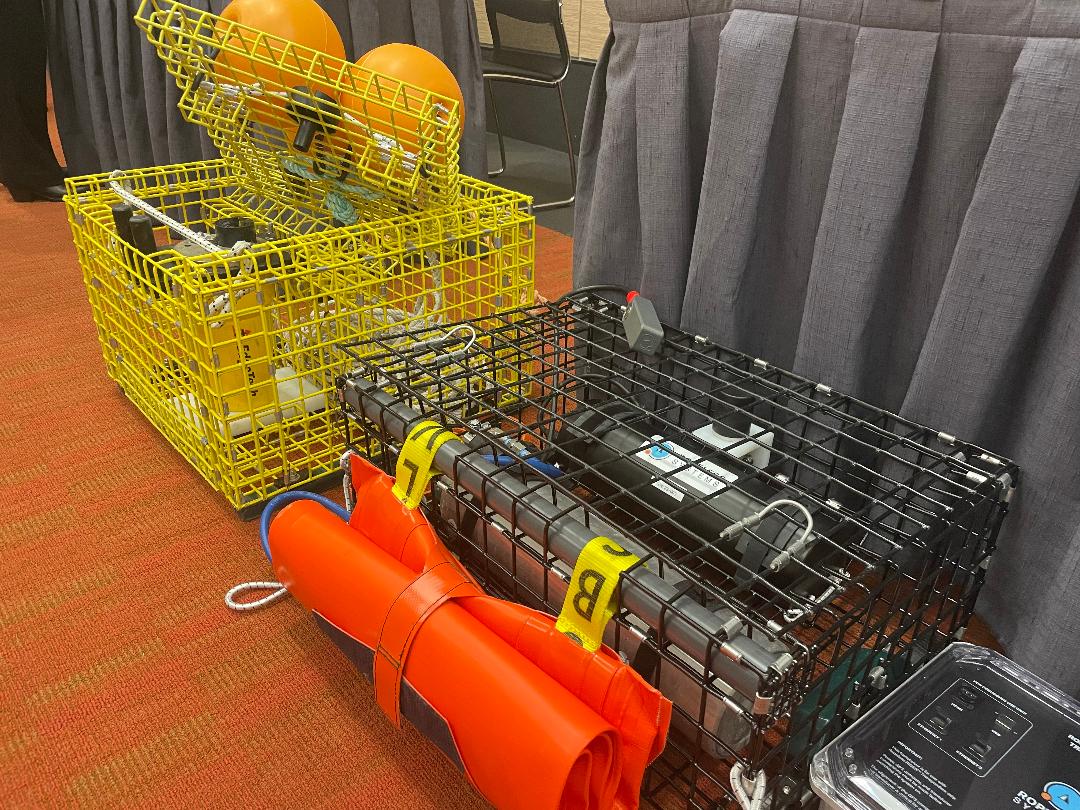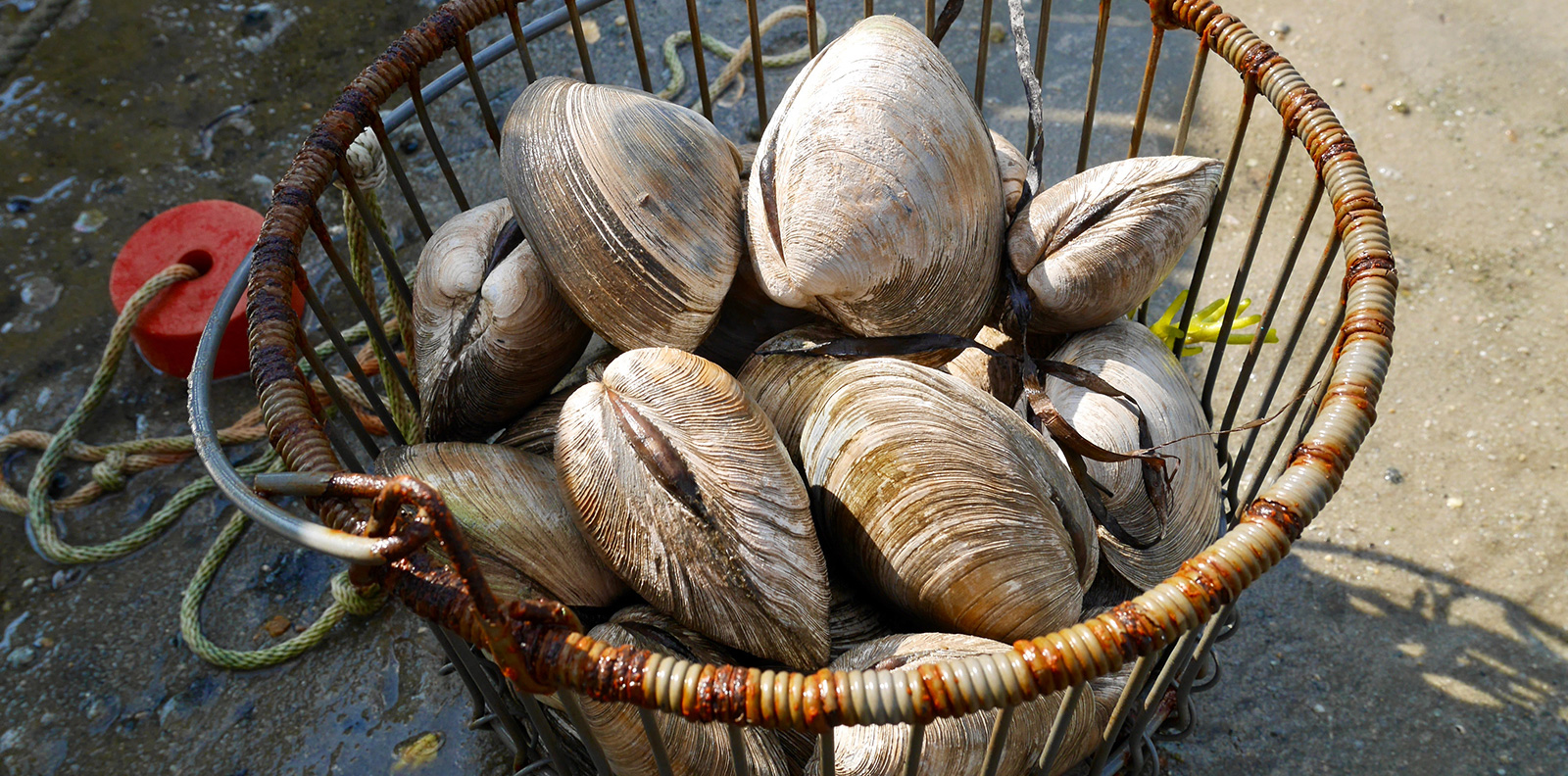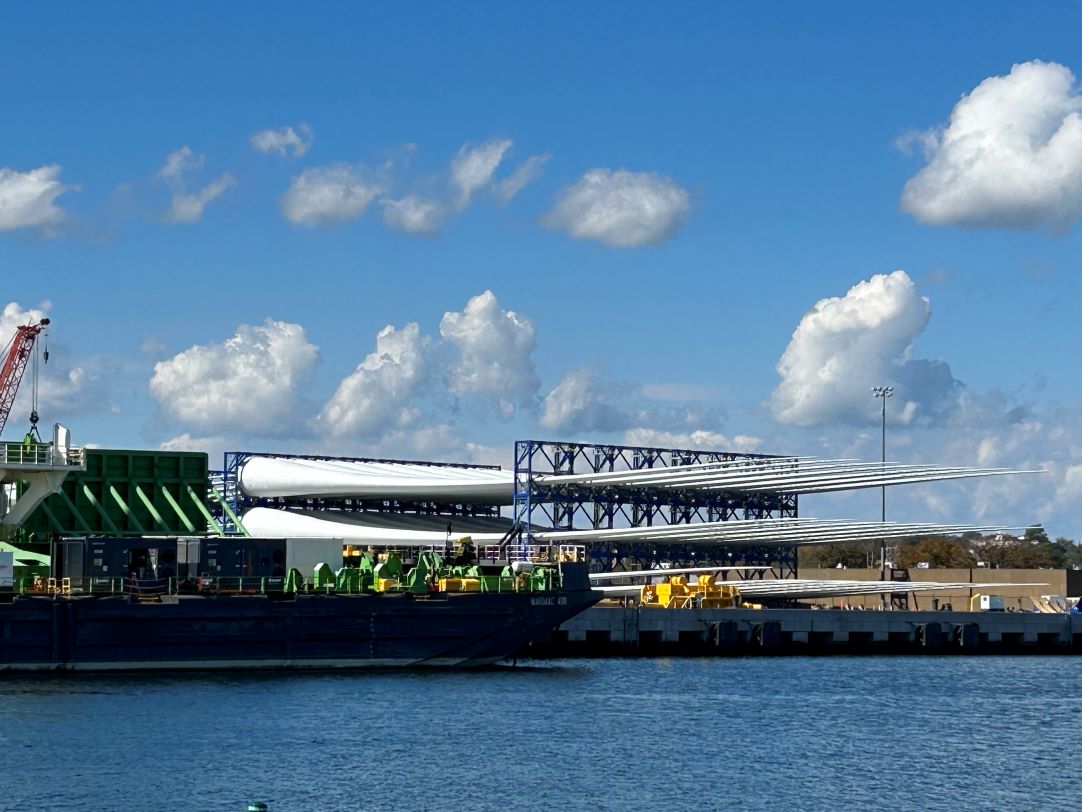Proposal Would Move Aquaculture Farms in Sakonnet River Away from Shore
February 20, 2023
PROVIDENCE — Oyster farmers could find themselves pushed into deeper waters if town officials from Tiverton have their way.
Under legislation (H5037) introduced by Rep. John Edwards, D-Tiverton, new aquaculture farms in the Sakonnet River, from Rhode Island Sound to Mount Hope Bay, would have to be sited at least 1,000 feet from the median high-tide line. The restrictions are part of a pilot program, as written and requested by the Tiverton Town Council, and would sunset after two years, in July 2025.
As proposed, current aquaculture operations sited in the river would be grandfathered into the restrictions for the duration of the two-year period.
Similar legislation (S0198) has been introduced in the Senate by Sen. Louis DiPalma, D-Middleton, with no hearing date yet announced.
In a committee hearing last week, Edwards told members of the House Environment and Natural Resources Committee that the state Coastal Resources Management Council (CRMC), the chief regulator and permitter of aquaculture leases in Rhode Island waters, “did not do its job” when it considered a new oyster farm off Sapowet Point.
“CRMC is going to allow an aquaculture license in close proximity to the shore, within 200 feet of shore, in an area that is highly used by residents and people of Tiverton,” Edwards said. “This area is very unique to the Sakonnet River. It has parking, it has an area of shoreline where you can go out and walk out several hundred feet in many areas because it’s very shallow. You have a lot of people who fish and kayak in that area.”
Edwards described the bill as a “slimmed down” version of legislation introduced last year, which would have applied the 1,000-foot buffer across the state. Opponents of last year’s bill noted it would have eliminated 80 out of the state’s 84 currently existing aquaculture leases.
The legislation was introduced at the request of municipal officials in Tiverton who are upset over a proposed 0.95-acre oyster farm sited in Seapowet Cove, according to Edwards.
The applicants, brothers and Little Compton residents John and Patrick Bowen, said they were the target of the bill.
“We applied for a farm lawfully under the same rules everyone else followed for the previous 20 years,” Patrick Bowen said. “The same rules that everyone else followed and [the application] is in process.”
Their proposed farm, plans for which were originally filed in 2020, would grow oysters in 200 bottom cases in 2-4 feet of mean low water, with 20 trawls of 10 cages anchored on each side to avoid movement. According to the CRMC staff report, the initial application was modified to reduce conflict with recreational fishing. The revised application was recommended for approval by agency staff, but has yet to receive final approval from regulators.
Tiverton officials and town residents allege CRMC’s notification process for abutters was insufficient, a fact complicated by the fact the primary abutter to the Bowen brothers’ proposed farm is the Department of Environmental Management’s Sapowet Marsh.
It’s not the first time CRMC has been criticized over aquaculture permitting. At a November 2021 meeting of the General Assembly’s study commission on CRMC reform, commission members heard numerous accounts from East Bay residents on how the notification to abutters over new aquaculture farms needed improvement, with more than 100 people asking for a temporary moratorium on new permitting until the conclusion of the commission.
“We have heard a lot of issues with our current aquaculture planning, regulatory, and outreach programs that have means to be improved,” CRMC director Jeff Willis said at the commission meeting, “and we agree with them all.”
Over the past few years, CRMC has taken steps to improve its notification process, adding an aquaculture section to the Narragansett Bay Special Area Management Plan setting standards for aquaculture, and creating an online listserv for easy notification of new farms and leases.
Similar clashes occur almost semi-annually whenever there is an aquaculture project proposed in state waters near a popular recreational site. The clashes boil down to who should be able to use state waters and for what. Should state waters be used primarily for water sports and recreation? Or should it be utilized for economic development?
Recreational groups, such as the New England Backcountry Hunters and Anglers (BHA) and the Rhode Island Saltwater Anglers Association have submitted written testimony in support of the proposed restrictions for the Sakonnet River. BHA chapter chair Michael Woods indicated that CRMC prioritized commercial interests over recreational rights when it came to aquaculture.
“The rate at which public water is being leased for aquaculture is increasing, which is likely contributing to the increased public opposition,” Woods wrote. “In the decade preceding 2009 CRMC added 21 new aquaculture leases covering 124 acres, and in the decade following added 50 new leases covering 190 new acres.”
(In Rhode Island, aquaculture farms in ponds and similar state waterbodies cannot occupy more than 5% of the total surface area).
During the committee hearing, some legislators expressed concerns a temporary restriction could expand into a large prohibition that would harm a growing industry.
“This is an economy for the state of Rhode Island,” said Rep. Kathleen Forgarty, D-South Kingstown, whose district houses many prominent aquaculture farmers. “I understand what you’re saying but I’m concerned that 1,000 feet could move into other areas like the ponds, and that could start to hurt this business which has really been an economic driver for the state.”
Aquaculture farmers spoke in opposition to the bill, expressing concerns over increased use conflicts with anglers and boaters. Dan Torre, founder and co-owner of the Aquidneck Island Oyster Co., who operates an oyster farm on the western banks of the Sakonnet River near Glen Manor, told legislators his farm would be unable to comply with the bill if passed, as it would push his cages toward a mooring field and into boating lanes.
“It would expose us to severe weather conditions and make us a navigational hazard for boaters,” Torre told the committee.
“Forcing farms 1,000 feet offshore in the Sakonnet River will severely limit the possibility of any aquaculture farms,” Patrick Bowen said. “It would require greater capital investment in gear and vessels, and eliminate the possibility of small farms in favor of large industrialized ones.”
H5037 was held for further study.




Thank you for your reporting on House H-5037. While the article does provide various viewpoints in support of the proposed bill, (Rep. Edwards, RISAA, BHA) those opposing, including comments from Representative Fogarty about aquaculture as an “economic driver” is at best, misinformed, and at worst, misleading.
CRMC’s most recent (2021) Annual Report on the aquaculture industry calculates annual revenue from all forms of aquaculture at $7.5 million, with employment totaling 222, the majority employed seasonally and part-time. http://www.crmc.ri.gov/aquaculture/aquareport21.pdf
In comparison, the recreational fishing industry has always been a substantial economic driver for the state. Annual revenue exceeds $400 million, and statewide, thousands are employed full and part-time. https://www.rilegislature.gov/commissions/coremaco/commdocs/2022-2-28%20RISAA%20comments.pdf
You also quote the Bowens from Little Compton as if they are industry experts and already have a CRMC approved aquaculture site. They are not and their application has not been formally approved.
The Town of Tiverton, many individuals, and various local and statewide stakeholders have vigorously and thoughtfully opposed the Bowen’s application and other proposed aquaculture applications along the Sakonnet River. Opposition to the Bowens pending application includes that the proposed location at Seapowet Point beach and adjacent to the DEM’s Sapowet Marsh and Wildlife Management Area (where significant public funds have been spent to rejuvenate the marsh and its waterways) would significantly impact and interfere with historic, current and future recreational boating, fishing, native aquaculture harvesting, and beach use by locals and other underserved communities.
In addition, your article leaves out important information demonstrating specific industry opposition to the Bowen’s proposed aquaculture farm site. At a 2022 hearing on Representative Edwards’ proposed H-8244, the Executive Director of the East Coast Shellfish Association’s Executive Director testified, in relevant part, as follows:
“. . . we believe there are certain applications that are poorly sited that actually damage the industry and we would not support them and we would come out against them. So, this is a very unusual step for an aquaculture association to consider opposing an application, but we believe that this particular application is one of those cases where it’s become such a lightning rod for dissent that we believe it’s damaging the ability of serious farmers who have made significant investments to continue to work.”
(https://ritv.devosvideo.com/show?video=0ba5121399f4&apg=c1bd29a8 (53:50)
Thank you.
Don Libbey
Tiverton
I wouldn’t eat oysters from that area of Seapowet having kayaked up the marsh and smelled the horrible methane sludge (from the cattle?). The tide does go out ya know. No thank you, not eating a cow poop filter.